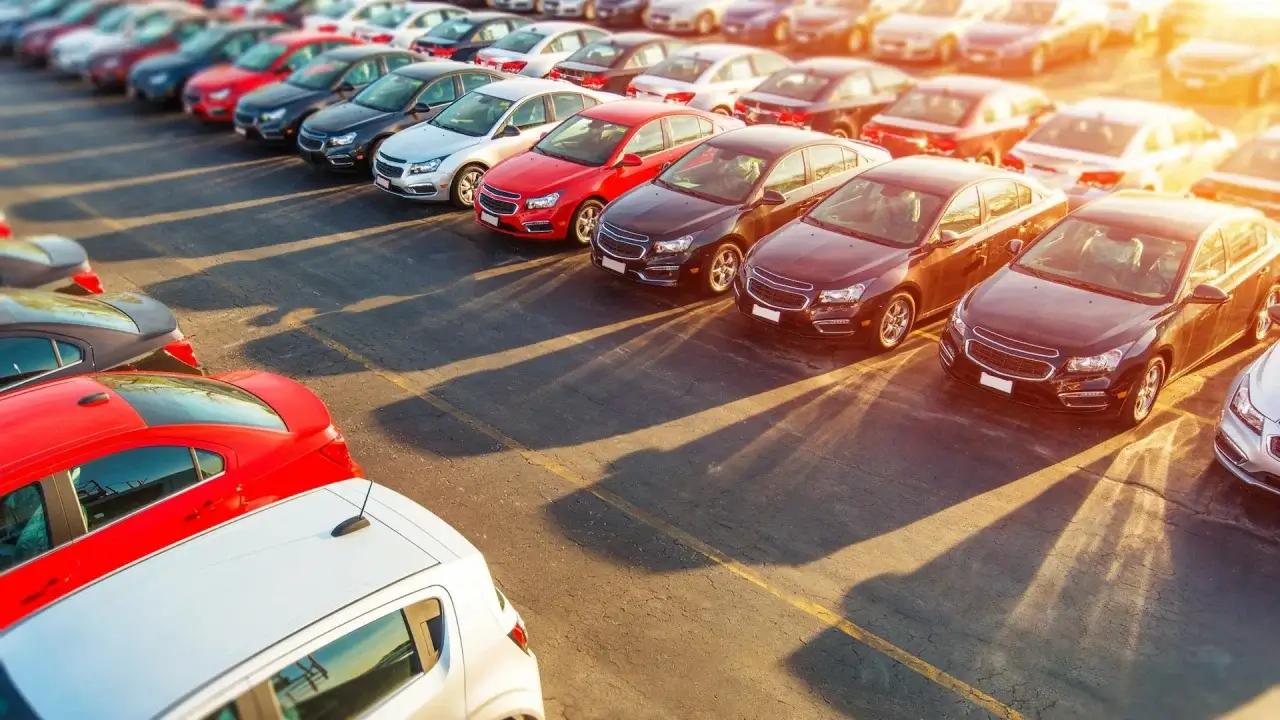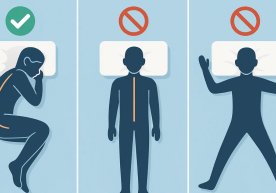
Scientists at the University of Lisbon have found that car color affects the air temperature in cities. Unlike white cars that reflect sunlight, black cars absorb it and release more heat. Thousands of such cars in the city enhance the "heat island" effect - that is, hidden "hot springs" are created in the air, maintaining a high overall temperature.
Researchers compared the air temperature around two white and black cars parked on the street on a hot summer day. It turned out that the black car raised the air temperature by 3.8 degrees relative to the surrounding asphalt, while the white car had almost no effect on it. This observation shows how "small hot springs" can accumulate and have a significant impact in urban conditions.
The reason is the color: white paint reflects up to 85% of sunlight, while black paint reflects only up to 10% and absorbs the rest. The car's thin metal body heats up quickly and transfers heat directly to the air - that's why the air around the black body car "heats up."
Thousands of such cars serve as a small heat source throughout the city, and their color can significantly affect the air temperature on the streets. This is especially pronounced in long traffic jams with idle traffic flows, in conditions of high traffic and lighting.
What is the "Island of Heat" effect?
This is a much hotter phenomenon than in villages around cities. Scientists note that there are several factors:
- accumulates and stores heat in asphalt and concrete;
- dense construction prevents free circulation of air;
- operating cars, air conditioners, and industrial enterprises also release heat;
- The effect is especially noticeable at night - the temperature in cities can be up to 10 degrees higher than in rural areas, as buildings and roads gradually release the heat accumulated during the day.
Given that a large part of the population lives in cities, the "island of heat" effect in cities becomes a serious health problem, scientists emphasize. This factor requires special attention for the elderly and children at risk in hot waves.
What can be done?
Simple steps at the personal and city levels will also help: choosing a car with a light (white/bright-colored) body, increasing shade zones and green coverage, "cool roof"/reflective coatings, using low-heat-absorbing pavements instead of jet-black asphalt, optimizing air conditioning and industrial heat generation. In short, every "small" decision is added to the overall temperature - reducing the "island of warmth" makes the air we breathe lighter.
Read “Zamin” on Telegram! Ctrl
Enter
Found a mistake?
Select the phrase and press Ctrl+Enter Related news
Information
Users of Меҳмон are not allowed to comment this publication.
Users of Меҳмон are not allowed to comment this publication.














